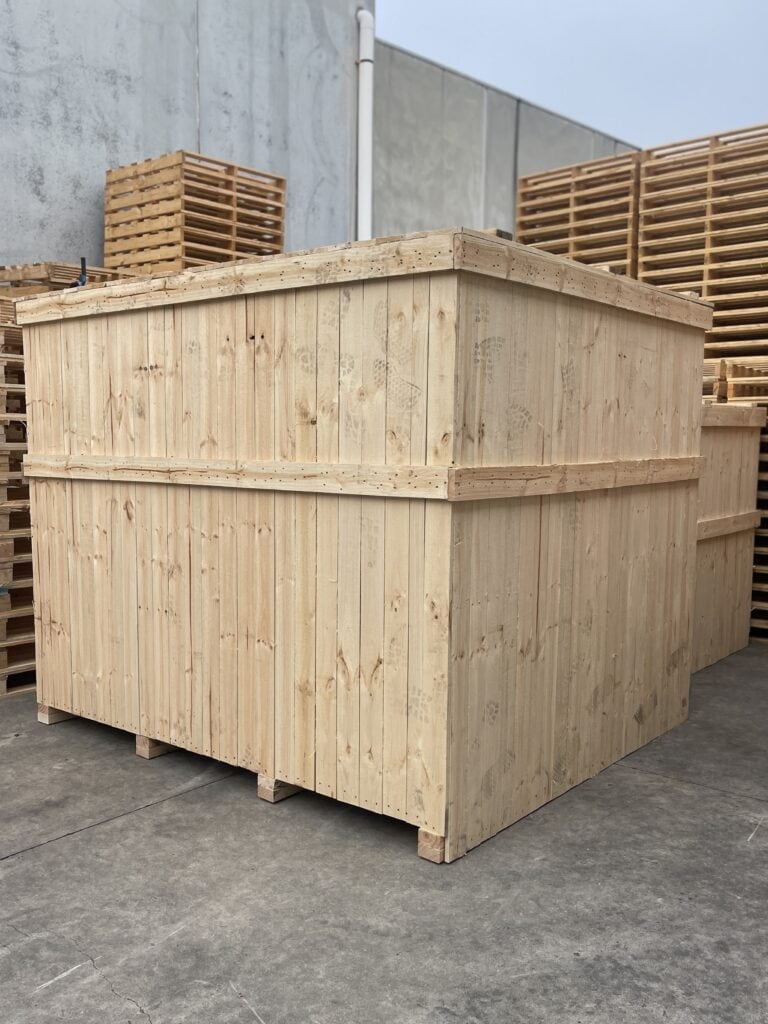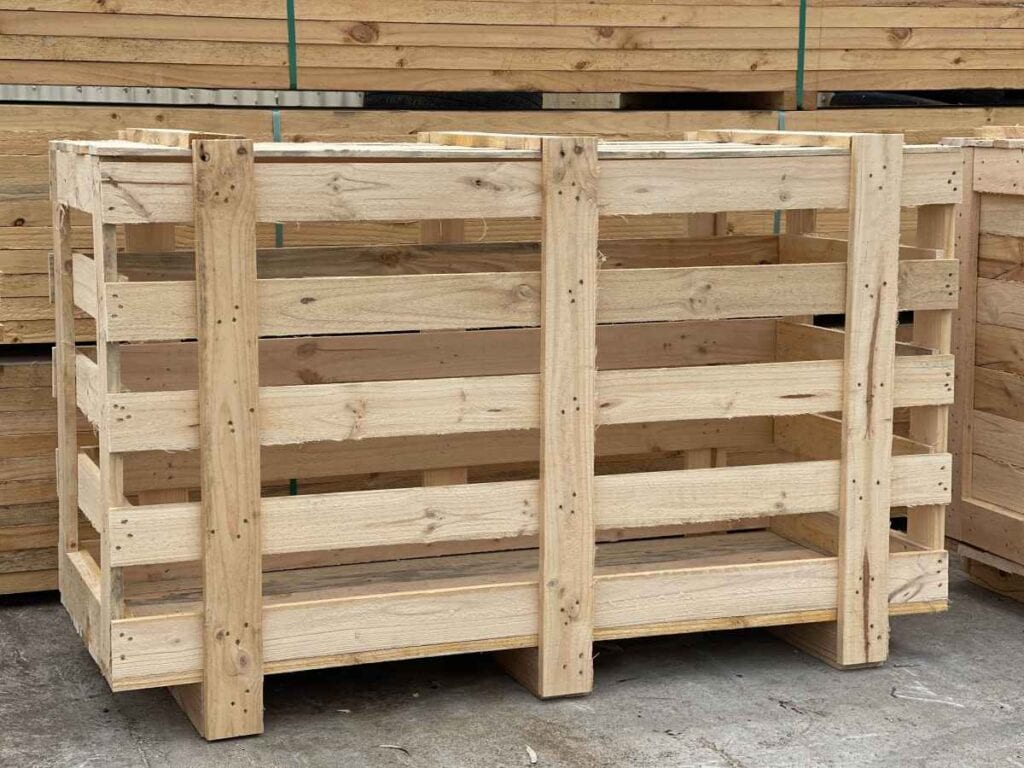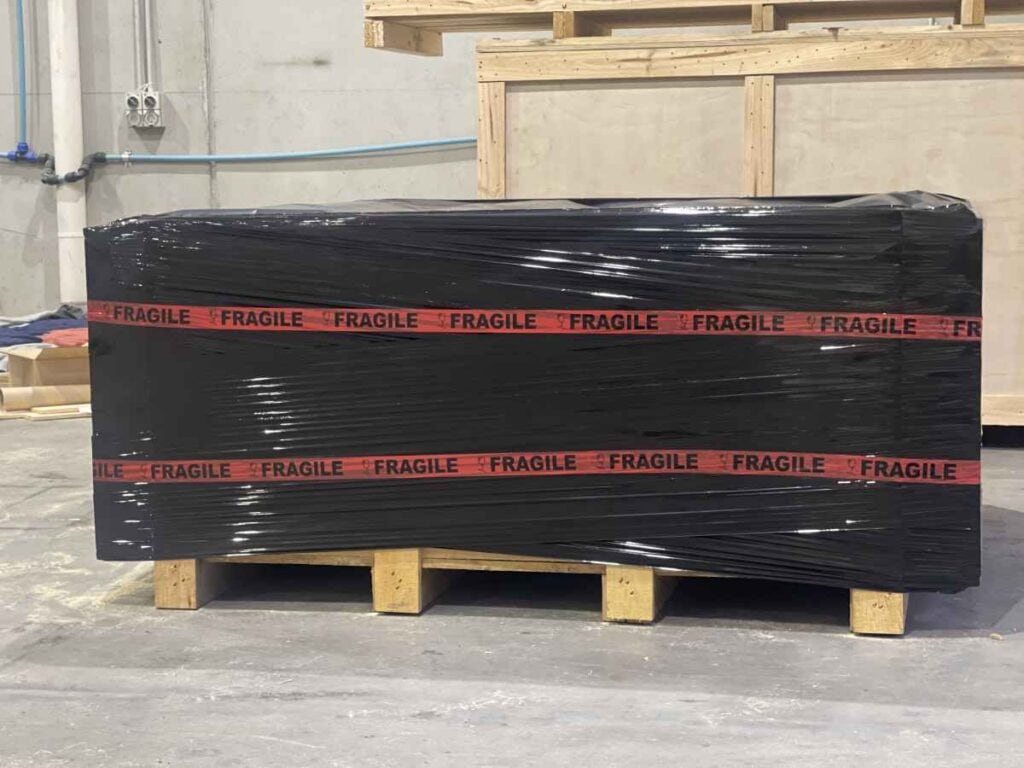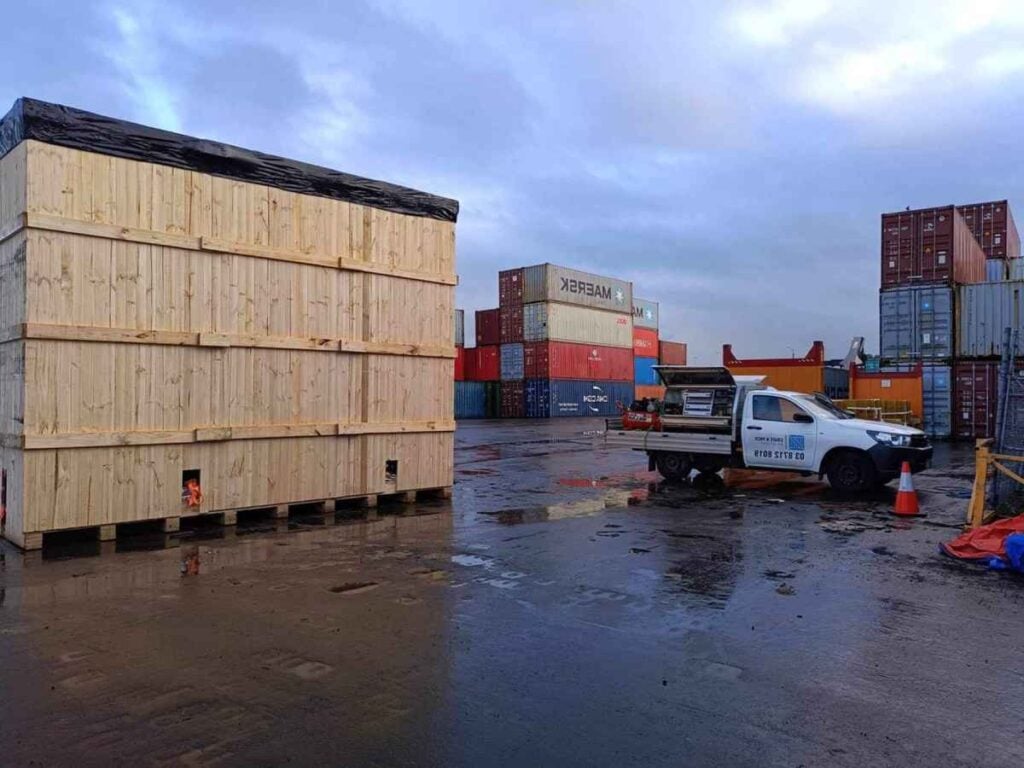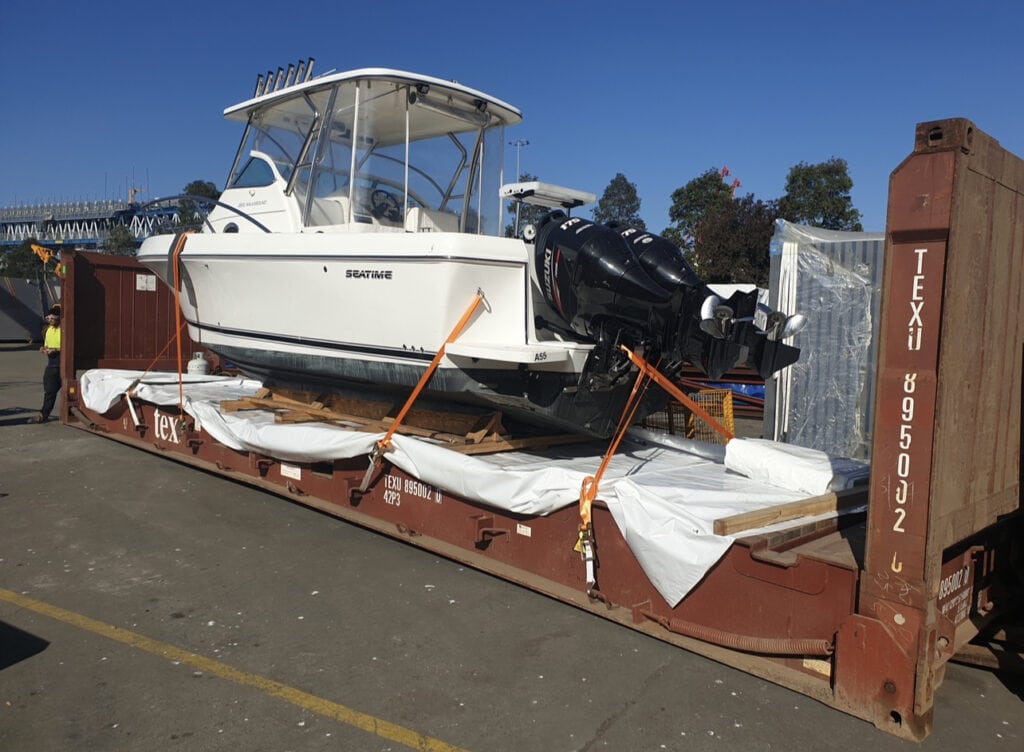Choosing the right protective shrink film has far-reaching consequences for product safety, presentation, and shipping. When heated, protective shrink film contracts tightly to the shape of its contents, making it a popular and useful packaging material.
However, various factors, including as the product being packaged, environmental factors, and the required level of protection, should determine the choice of shrink film. In this post, we'll go over some of the most important things to think about when selecting the best protective shrink film for your purposes.
To begin choosing the appropriate protective shrink film, you must first learn about the items you will be packing. Shrink film specifications vary widely across product types. For example, a shrink film with great clarity would be ideal for displaying and protecting fragile products.
Shrink film for industrial or heavy-duty products may need to be more resilient and thicker to withstand the demands of handling, storage, and transport.
The film's capacity to closely adapt to the contours of the object depends on a number of parameters, including the size and shape of the goods to be packaged. Shrink film selection can also be affected by the products' unique attributes, therefore it's important to think about things like projecting portions, sharp edges, and temperature sensitivity.
When selecting the appropriate protective shrink film, it is also important to think about the surrounding environment. Businesses and customers with environmental concerns are actively seeking eco-friendly packaging alternatives.
Therefore, the need for environmentally friendly, sustainable, and biodegradable shrink films is on the rise. Sustainability objectives are met, and customers who value environmentally friendly packaging are served by these solutions.
To get a full picture of the environmental impact, think about the entire life cycle of the shrink film, from raw materials to final disposal. You can make a better decision that is in line with your environmental principles and corporate responsibility objectives by considering the complete film's life cycle, from raw material extraction to disposal.
How to Figure Out the Right Sizes for Shrink Film
Selecting the suitable width and gauge of shrink film is an intricate process influenced by several variables. Opting for an unsuitably narrow film may lead to complications such as breakages and sealing issues.
The type of machinery employed in the shrink-wrapping process sets the initial parameters for film width and thickness. Furthermore, the peculiarities of the product itself, including its shape and dimensions, must also be considered. For instance, a thicker and wider film is often needed for irregularly shaped or sharp items to withstand the shrinking process.
Film Selection Based on Production Speed
The operational pace of your shrink-wrap machinery is another determining factor in selecting the appropriate film gauge. A thicker film may be needed if you intend to expedite the wrapping process.
This is crucial, as the rapidity of product shipping is directly linked to the speed at which they are processed through the shrink tunnel.
The Financial Implications of Film Choice
Selecting an inappropriate size or type of film can have costly repercussions. Therefore, our specialised team is available to assess your specific packaging needs, assisting you in choosing between PVC or POF shrink films that would be most effective and cost-efficient for you.
Utilising Soft Shrink Film
Soft Polyolefin Shrink Film offers enhanced durability and a smoother finish, making it ideal for products that require a polished, store-ready appearance. The film is also more resilient to heat exposure and minimises wrinkling during the shrinking process.
It is advisable to consult with experts to determine if 'soft' variants in PVC or POF films are suited for your products.
The Versatility of Polyolefin Shrink Film
Polyolefin is a highly versatile option that is virtually omnipresent in retail, even used for packaging perishable items. It is the industry standard due to its user-friendly nature and adaptability.
When it comes to ease of use and aesthetics, Polyolefin films are often the go-to choice, and it is recommended to opt for cross-linked films for superior performance.

Gauging the Correct Film Thickness
The optimal thickness, or gauge, of shrink film is dependent upon various factors including the product’s characteristics and the equipment in use. For items with jagged or sharp edges, a thicker gauge is essential to avoid tearing. Moreover, the speed of the operation and the machinery involved may necessitate a thicker film to avoid undesirable tears during high-speed operations.
Perforated vs Non-Perforated Shrink Film
Perforated shrink films feature evenly spaced holes, facilitating uniform contraction and a smoother finish. Non-perforated options require manual perforation, which should be tailored based on the nature of the products being wrapped.
Perforated films are widely preferred, but non-perforated films may be suitable for specific, delicate items requiring customised holes.
Difficulties in Using Manual Perforation
Manual perforation introduces additional complexities, including increased preparation time and maintenance concerns for the perforating components on the packaging machinery.
Choosing Between Single Wound and Centrefold Shrink Films
Centrefold shrink film offers the convenience of being pre-folded, thereby increasing efficiency and reducing labour costs. Single wound films, however, may require additional components for folding and are often sourced internationally, raising concerns about potential environmental damage during transit.
Consultation and Testing Services
Our service team stands ready to assist with any questions you may have regarding the most suitable film for your packaging requirements. We offer site visits and tests to help you make an informed decision. Custom perforation services are also available for highly specific needs.
Advantages of Shrink Wrapping You Should Know
To perform shrink wrapping, all you need is the proper plastic wrap and some heat. Shrink wrap is a plastic film that can be used to encase items of varying sizes and contours. The plastic then contracts as a result of the applied heat.
As it contracts, it produces a tight seal around anything you've placed it on. Anything you own can be protected from the elements and from being tampered with by employing these methods.
Shrink-wrapping allows you to secure even the largest of goods without regard to their dimensions. You may dump your used shrink-wrap plastic in with your other plastic bags to be recycled and transformed into new products, which is a nice bonus.
Because of its versatility and ease of usage, shrink wrap is widely adopted in many fields. In particular:
Ensures Protection
Shrink wrap, when heated, forms a hermetic seal that completely encases whatever is inside. Once the products have been sealed, they are protected from environmental factors including dust, filth, and moisture. Products can be shielded from the sun's rays with the help of the UV protection featured on some varieties of shrink wrap.
Durable
Shrink wrap is manufactured from a strong and long-lasting plastic. It's tough and won't easily rip or puncture. Shrink wrap provides a higher level of protection because, unlike other materials, it does not grow brittle or weak when exposed to adverse weather conditions and it does not loosen or sag.
Tampering will be avoided
Many pharmaceutical and food firms now shrink-wrap their products to ensure that they are delivered with the necessary level of attention and that any tampering is immediately visible.
When storing or transporting sensitive materials, certain financial institutions and government agencies utilise a particular sort of shrink wrap that changes colour if the material is stretched or tampered with.
Affordable
As previously stated, heat and plastic are the only two inputs need for shrink wrapping, making it a cheap alternative. The cost may change depending on the plastic type, but it is still less than the value it provides.
Maximizes space
Its compact shape eliminates the need for extra packaging like boxes by keeping products in a neat bundle. Money is saved in many areas, most notably storage and transportation, when space is optimised.
Helps in Branding
In addition to protecting products, shrink wrap can be customised with brand colours, messaging, and imagery. The company's logo is present on every stage of the product's journey, from the factory to the consumer's hands. One of the goals of marketing is to raise consumer awareness of a product or service.
Assist in the Longevity of Perishable Goods
Because of how quickly food spoils, it's a constant struggle for the food industry to find ways to lengthen the shelf life of their products.
Because exposing products to the elements can hasten their decomposition and result in waste for manufacturers, food-grade shrink wrap is a common packaging material for the food industry.
Provides Convenience
When it comes to shrink wrapping, there are no size restrictions. Shrink wrapping is commonly used to protect small items from moisture, such as electrical wires, game pieces, candies, and screws.
On the other hand, glasshouses and boats can be protected from the elements with the use of shrink-wrap kits. Shrink-wrapping is so useful that it's even used to protect cargo on trailers and trains. Advanced technology allow for the shrinking of entire structures, protecting occupants from chemical leaks and other potential dangers.
Conclusion
Getting the right secure shrink film is important for making sure a product is safe, looks good, and can be shipped. The choice of shrink film should be based on things like the product being packaged, the environment, and the amount of protection needed.
When choosing the right shrink film, it's important to know what's being packed, what makes the product special, and what the environment is like.
Choosing the right width and grade of shrink film depends on many factors, such as the type of shrink-wrapping machine used, the shape and size of the product, and how fast the shrink-wrapping machine works.
For faster packing, you might need a thicker film, since the speed at which products go through the shrink tunnel is directly related to how quickly they are shipped.
The financial effects of choosing a film can be expensive, so a specialised team can help you figure out what your packing needs are and help you decide between PVC and POF shrink films that will work best for you and save you the most money.
Soft Polyolefin Shrink Film is more durable and has a smoother finish, which makes it perfect for goods that look nice. Polyolefin films are very useful and are often used to package things that will go bad soon.
How to measure the right film thickness relies on the product and the tools used. To keep things from ripping, you need a bigger gauge for things with jagged or sharp edges.
Shrink wrapping is a flexible and inexpensive way to protect things from the weather and from being messed with. It only needs heat and plastic wrap, so it's a cheap option.

With shrink wrap, you can cover things of different sizes and shapes, making a tight seal that keeps out the elements. It is strong and hard to tear or puncture, so pharmaceutical companies, food companies, financial institutions, and government offices often use it.
Shrink wrap can also be made to match a brand's colours, fonts, and images, which makes consumers more aware of the brand. It also helps perishable goods last longer, since food-grade shrink wrap is a popular type of packaging in the food industry.
Small things, glasshouses, boats, and cargo on trailers and trains can all be protected from moisture with shrink wrap. New technology makes it possible to shrink whole buildings, which protects people from chemical leaks and other possible dangers.
Content Summary
- Choosing the right shrink film is critical for ensuring product safety, presentation, and shipping efficiency.
- The shrink film contracts tightly to its contents when heated, making it a highly useful packaging material.
- Factors such as the type of product, environmental considerations, and required protection levels influence the choice of shrink film.
- It's crucial to understand the products you're packaging, as different films have different specifications.
- A film with high clarity is ideal for fragile products that need to be displayed.
- Industrial products require thicker, more resilient shrink films to withstand handling and transport.
- Shrink films can adapt to various contours based on the size and shape of the goods.
- Product-specific attributes like sharp edges and temperature sensitivity should be considered in your film choice.
- Businesses are increasingly looking for environmentally friendly shrink film options due to sustainability concerns.
- For eco-friendly choices, it's vital to consider the film's entire life cycle, from raw materials to disposal.
- The correct film width and gauge are influenced by multiple variables, including machinery used.
- Inappropriately narrow films can cause breakages and sealing issues during packaging.
- Film gauge is also determined by the product’s peculiarities, such as its shape and dimensions.
- A thicker film may be necessary for irregularly shaped or sharp items.
- Production speed also plays a role in film gauge selection.
- Opting for a thicker film may be necessary for faster shrink-wrap operations.
- Incorrect film selection can result in significant financial repercussions.
- Expert teams can assist in making cost-efficient choices between PVC and POF films.
- Soft Polyolefin Shrink Film offers enhanced durability and a smoother finish.
- Consultation with experts is advisable to determine if 'soft' variants are suited for your products.
- Polyolefin films are highly versatile and commonly used in retail, even for perishable items.
- For superior performance, it's advisable to opt for cross-linked Polyolefin films.
- The ideal film thickness depends on the product’s characteristics and the equipment in use.
- Thicker gauges are essential for items with sharp or jagged edges.
- Perforated shrink films offer uniform contraction and a smoother finish.
- Non-perforated films may be suitable for delicate items requiring customised holes.
- Manual perforation adds complexity, increasing preparation time and maintenance needs.
- Centrefold shrink film offers efficiency benefits by being pre-folded.
- Single wound films may have environmental concerns due to international sourcing.
- Consultation and testing services are available for choosing the most suitable film.
- Custom perforation services cater to highly specific packaging needs.
- Shrink wrapping only requires proper plastic wrap and heat to execute.
- Shrink wrap provides a hermetic seal that protects against dust, dirt, and moisture.
- The UV protection in some shrink films shields products from sun damage.
- Shrink wrap is durable, resisting tears and punctures effectively.
- It doesn't weaken when exposed to adverse weather conditions.
- Shrink wrap is also used for tamper-evident packaging in the pharmaceutical and food sectors.
- Some financial institutions use special shrink wraps that change colour upon tampering.
- Shrink wrapping is a cost-effective packaging solution.
- Its compact form eliminates the need for additional packaging, saving storage and transportation costs.
- Customisable shrink wraps can aid in brand promotion.
- The food industry frequently uses food-grade shrink wrap to prolong the shelf life of products.
- Shrink wrap offers immense versatility with no size restrictions.
- Small items like screws and candies are commonly shrink-wrapped to protect against moisture.
- Larger structures like glasshouses and boats can also be shrink-wrapped for elemental protection.
- Shrink wrapping is even employed for cargo on trailers and trains.
- Advanced technology enables the shrink wrapping of entire structures in some instances.
- Occupants can be protected from chemical leaks and other hazards through the use of shrink wrap.
- Shrink wrap can be recycled along with other plastic bags, aligning with sustainability goals.
- Due to its ease of use, durability, and versatility, shrink wrap is widely used across multiple industries.
Frequently Asked Questions
If you need to bundle multiple items, polyolefin is a great choice, and it is highly resistant to puncture and tearing. Cross-linked polyolefin is also available, which increases its strength without sacrificing clarity. Polyolefin is also 100% recyclable, making it the “green” choice.
Because the heat shrink wrap fits around a product, it can fit items of many shapes and sizes and hold them in place. Some types of shrink packaging even protect from ultraviolet (UV) rays. This high-quality protection allows products to stay safe while being shipped worldwide.
Spoilage, theft, and fraud are three of the most common types of grocery shrink. Food spoilage is a form of perishable shrink, which we will discuss in further detail in the section titled Analyzing Shrink
Shrink film typically comes in two types: Polyvinyl Chloride (PVC) and Polyolefin. PVC is considered a more “outdated” form of shrink film, although it is less expensive than its more modern counterpart. PVC is also not great for use with edible/consumable products, so for food and drink, Polyolefin is the way to go.
Shrink film and collation shrink film are used for transportation and storage of almost every product including: bundle packaging of food, beverages and non-food products, electrical and electronics, home appliances and small appliances, toys, sporting goods and others.

